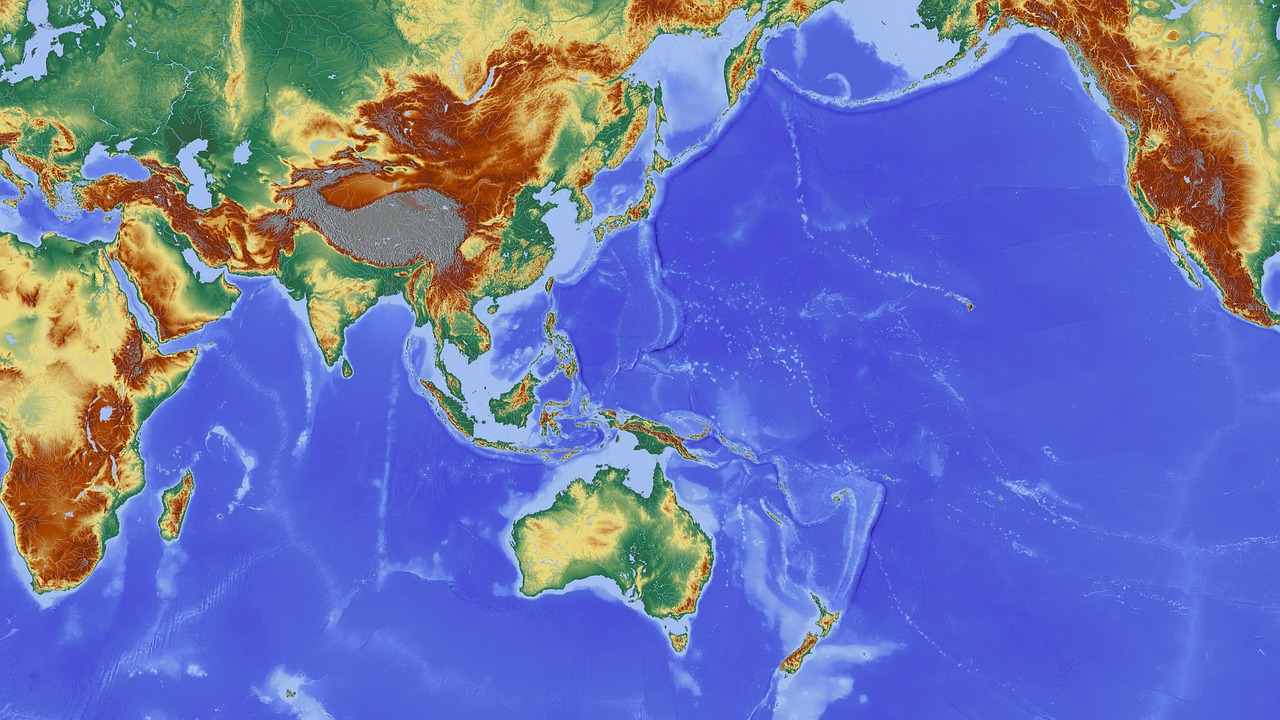Table of Contents
ToggleIntroduction
The High Seas Treaty is a historic agreement that has been long-awaited by environmentalists and ocean advocates around the world. The treaty, which aims to protect international waters, was finally reached at the United Nations (UN) after years of negotiations. The High Seas Treaty is a major step towards ensuring the sustainability of our oceans, and its provisions have far-reaching implications for the health of our planet.
What is the High Seas Treaty?
The High Seas Treaty is a global agreement that seeks to protect marine biodiversity in areas beyond national jurisdiction, also known as the high seas. These are the areas of the ocean that are not governed by any individual country and therefore fall outside of national jurisdictions. The treaty will establish a legal framework for the conservation and sustainable use of marine biodiversity in these areas.
Why is the High Seas Treaty Important?
The high seas cover approximately 50% of the Earth’s surface and are home to a vast array of marine biodiversity, including species that are not found anywhere else on the planet. These areas are also essential for regulating the Earth’s climate and supporting the livelihoods of millions of people worldwide. However, they are also facing a range of threats, including overfishing, pollution, and climate change. The High Seas Treaty is a critical tool in addressing these threats and protecting the health and biodiversity of the high seas.
How was the High Seas Treaty Reached?
Negotiations for the High Seas Treaty have been ongoing for over a decade, with the final round of negotiations taking place in March 2023. The treaty was approved by a majority vote of 149 to 2, with only the United States and Russia voting against it. The treaty will now go through a ratification process before it can be officially adopted.
Key Provisions of the High Seas Treaty
The High Seas Treaty contains several key provisions aimed at protecting the high seas, including:
- Establishing a legal framework for the conservation and sustainable use of marine biodiversity in the high seas
- Providing for the creation of marine protected areas in these areas
- Regulating the exploitation of marine genetic resources
- Promoting scientific research and cooperation in the high seas
- Strengthening international cooperation and governance in these areas
Implications of the High Seas Treaty
The High Seas Treaty has significant implications for the future of our oceans and the planet as a whole. By establishing a legal framework for the conservation and sustainable use of marine biodiversity in the high seas, the treaty will help protect these areas from overfishing, pollution, and other threats. The creation of marine protected areas will help preserve critical habitats and species, while the regulation of marine genetic resources will help ensure their sustainable use. The treaty’s promotion of scientific research and cooperation will also help us better understand and manage the high seas.
Conclusion
The High Seas Treaty is a historic agreement that marks a significant step forward in protecting our oceans and the biodiversity they contain. By establishing a legal framework for the conservation and sustainable use of marine biodiversity in the high seas, the treaty will help protect these areas for future generations. The treaty’s provisions have far-reaching implications for the health of our planet, and its adoption is a cause for celebration among environmentalists and ocean.







